The differences in the entertainment industry for men and women
Gender inequalities persist throughout our society, even in Hollywood
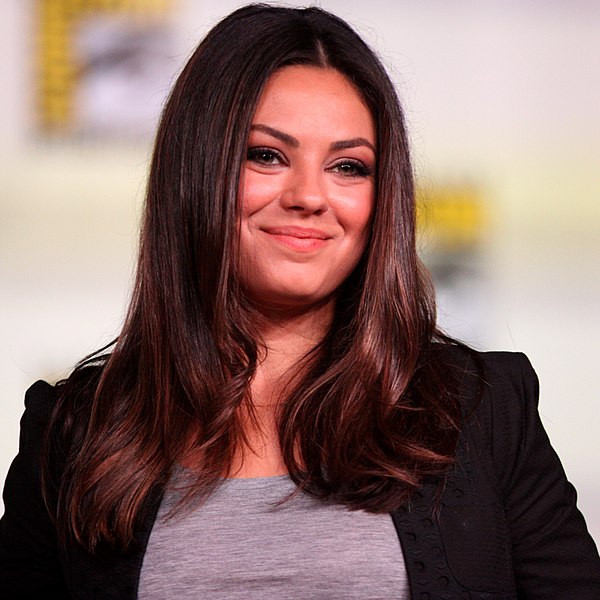
Mila Kunis, Courtesy of Gage Skidmore and Wikimedia Commons
March 23, 2021
The entertainment industry has come a long way due to several advancements regarding the equality of men and women. In times dating back to the 1600s, women were not allowed to act in theatre because it was considered “disgraceful” in society. As a result, men had to play both the roles of female and male characters. Now, both men and women are allowed to make names for themselves through acting, singing and more. However, there is still a prejudice against women that plagues the entertainment industry to this day with issues like the wage gap, racial inequality, ageism and underrepresentation. Even though the arts have come a long way, we still have more to go. Women’s History Month is a time to reflect and look back on how we can improve in society about our treatment of women, which applies not only to the general public, but the entertainment industry as well.
The following issues continue to play a predominant role in maintaining inequality between men and women in the arts.
The Wage Gap
The wage gap is defined as a difference in remuneration for working men and women. In general, throughout America, women are paid less than men. A woman could have the same skills, education and position as a man, but she would still get paid significantly less only because she is female. A study conducted by Payscale and reported CNBC in 2019 showed that “Women earn just 79 cents for every dollar men make in 2019.” If you do the math, that is a difference of 21 cents.” Although it may not seem like a lot, every penny adds up to an entire paycheck. Women have to work harder to get where they want as opposed to their male counterparts, and even when they do, issues like the wage gap hold them back from achieving the success they deserve.
Racial Inequality
Another issue in the industry is racial inequality. Although we have come a long way from the days of black face and Jim Crow laws, there are still many obstructions that women of color face. Women of color are less likely to be cast in movies or portrayed within shows. A 2006 study by UCLA’s Chicano Studies department (cited in Georgetown Law’s Journal of Modern Critical Race Perspectives) showed that “from June 1st to August 31st of that year… only 0.5% to 8.1% of roles were available for actors of color, compared to 69% of roles ‘reserved’ for white actors.” Women of color have to work even harder to achieve their success within the industry as opposed to men.
Race is also a huge weighing factor within the wage gap between men and women. As said by the Writers Guild of America’s 2016 Hollywood Writer’s Report, “white men earned a median of $133,500 in 2014, whereas women collectively made a median of $118,293 and non-white writers even less: $100,649.” All of this because they were women of color and not men. Colorism and sexism go hand and hand. Generally speaking, they both create unnecessary hurdles that women should not be enduring on their way to success.
Ageism
Ageism is yet another widespread problem within the industry. Female actors often face pressure as they age, as opposed to their male counterparts. The problem with ageism is that both young and older women have fewer opportunities. They could both have the skills, but because of their age, they would get denied the opportunity. Very young women tend to get cast with men way older than them. For example, in “That 70’s Show” Mila Kunis was 15 years old at the time she got cast with Ashton Kutcher, who was 20. As a result of ageism, women often have careers that only last between 11-15 years. Most women would end their careers after 40, since they would be less likely to be cast in films once they get older, whereas men don’t have this issue, they often have longer careers as opposed to women.“
Underrepresentation
Finally, the last issue that is still prevalent in the industry is underrepresentation. Although we’ve moved past the days where women were forbidden to entertain, they still aren’t being well-represented on screen and gender stereotypes also play into this. Women are usually portrayed the most in romance, whereas men are are more typically found in action and sci-fi. There are also significantly fewer opportunities for women than men. A report from the New York Film Academy showed that “Visual effects, usually the largest department for big feature films, had an average of only 17.5% of women (employees), while music had just 16%, and camera and electrical were, on average, 95% male.” If over 95% of people who have jobs within the industry are male, that does not leave many opportunities for females.
Gender-based discrimination is still a heavy topic in our society, even in seemingly enlightened spaces like Hollywood and the arts. Arguably, we’ve evolved, yet people still do not understand that gender equality is important. All things considered, women are in a better place than they were years ago, but there are some improvements that need to be made.


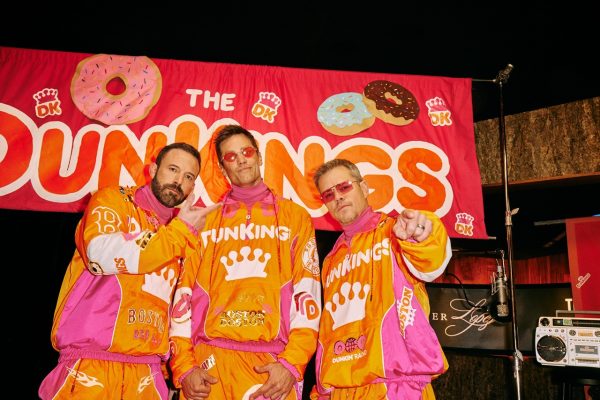
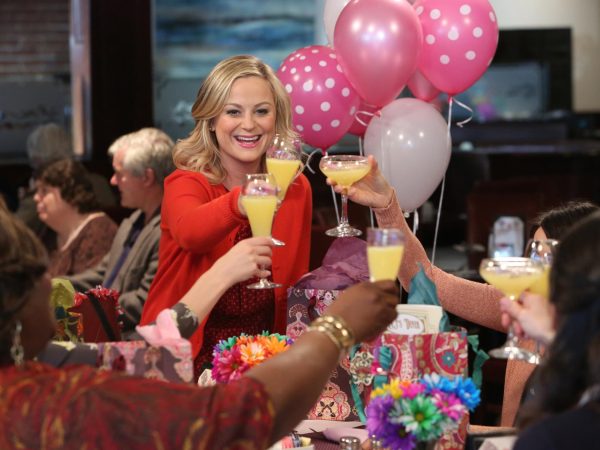
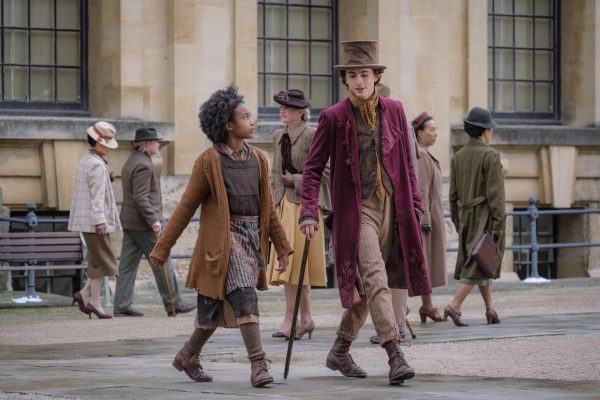


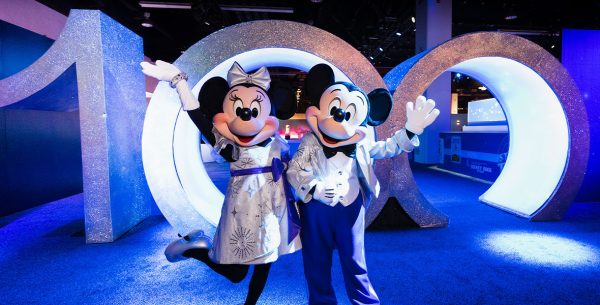


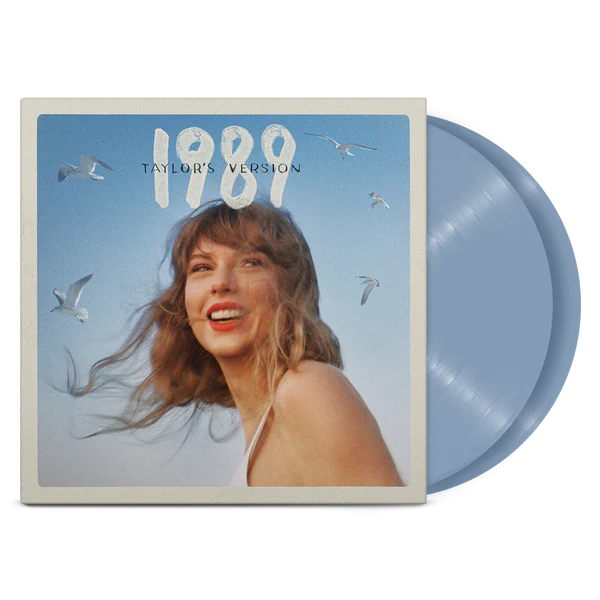
Kamogelo • May 2, 2022 at 7:21 am
Thank you, this was very informative!
jason thankachan • Jan 9, 2023 at 12:01 pm
thanks for your writing!!